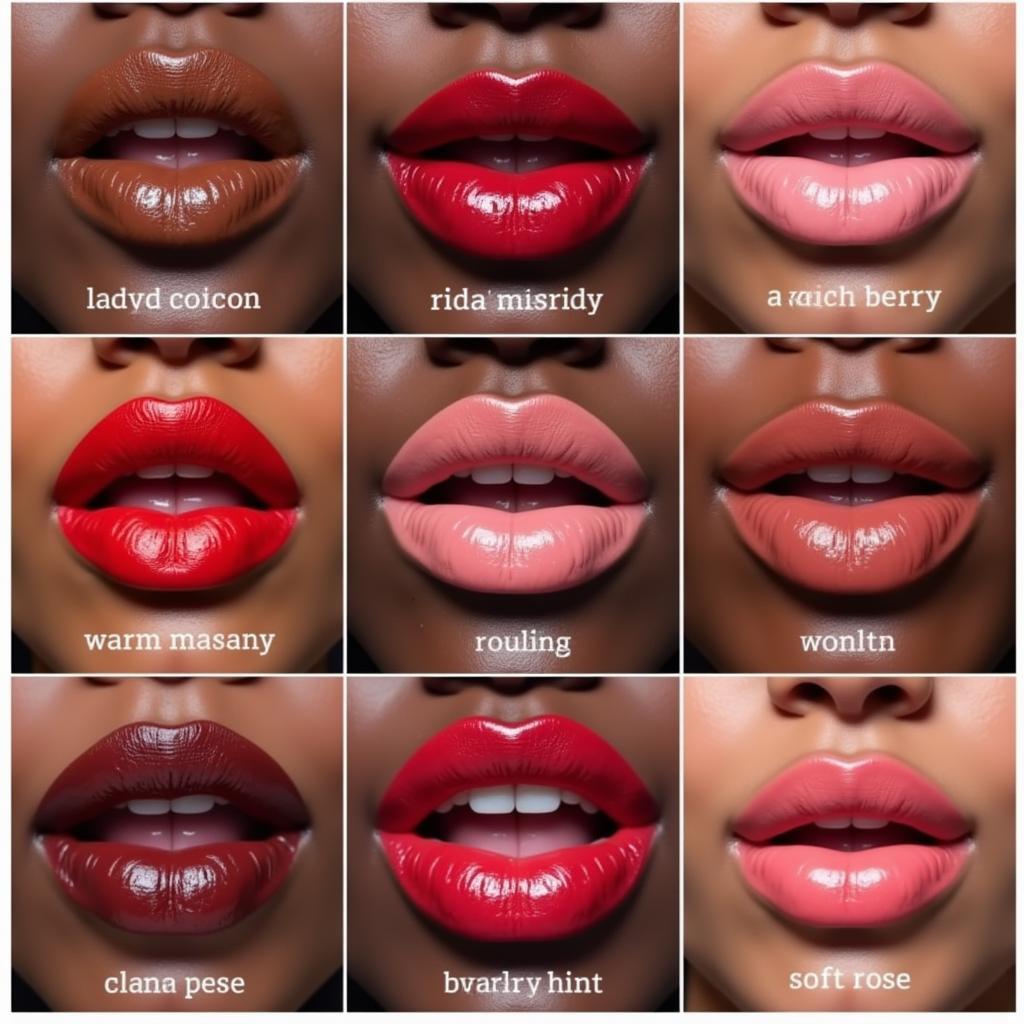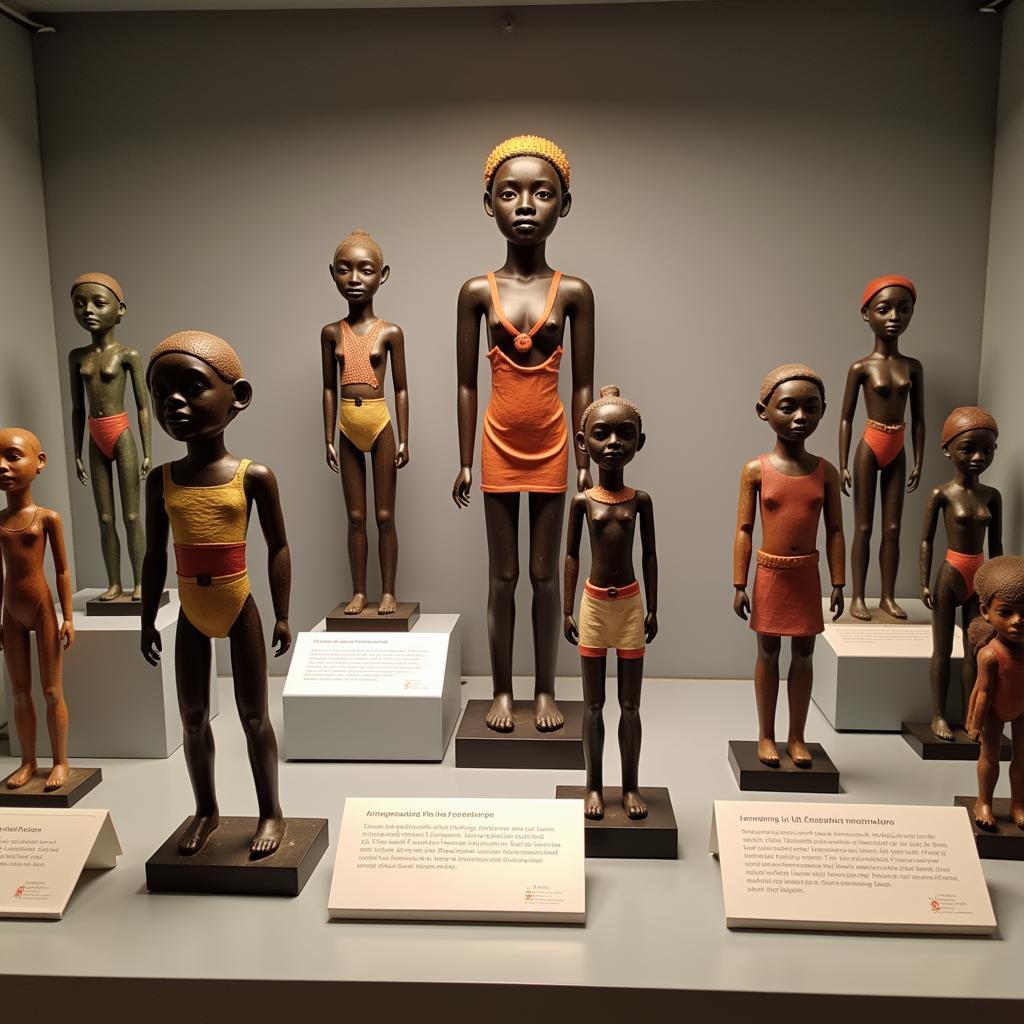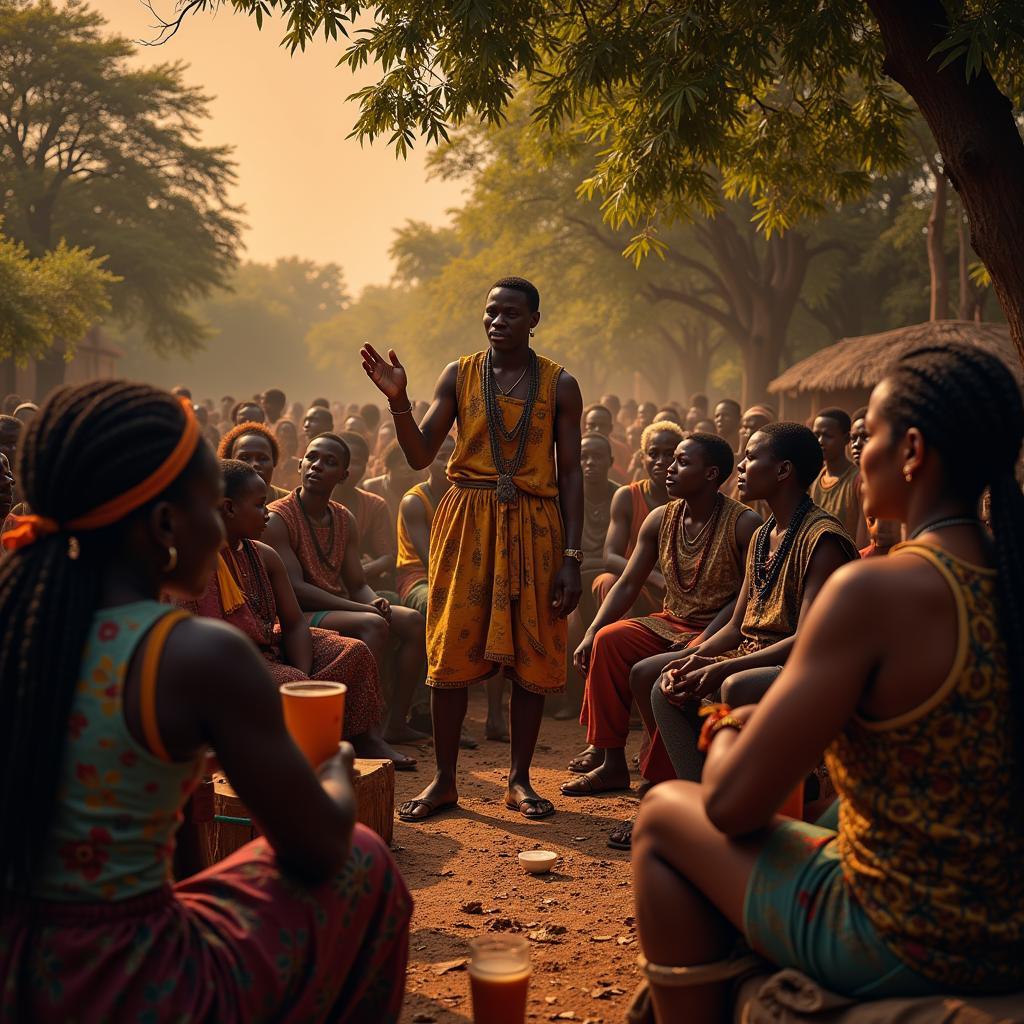Unveiling the Magic of African Ikat
African Ikat is a captivating textile tradition that has woven its way through the continent’s rich history, showcasing a unique blend of artistry and cultural significance. From its vibrant patterns to its intricate dyeing techniques, African ikat offers a glimpse into the diverse heritage of various communities. african ikat fabric
Exploring the History and Origins of African Ikat
Ikat, derived from the Malay-Indonesian word “mengikat” meaning “to tie,” refers to a resist-dyeing process applied to yarn before it is woven into cloth. While the precise origins of ikat in Africa remain a subject of ongoing research, evidence suggests its presence in several regions for centuries. This ancient technique speaks to the creativity and ingenuity of African artisans.
The intricate process of ikat involves carefully binding sections of yarn with resist materials, often raffia or plastic, to prevent them from absorbing dye. This meticulous process creates stunning patterns that emerge as the cloth is woven.
African Ikat: A Tapestry of Vibrant Patterns and Colors
African ikat designs often feature bold geometric motifs, stylized figures, and intricate patterns that reflect the unique aesthetics of different cultures. The color palettes are equally diverse, ranging from earthy tones to vibrant hues, representing the rich biodiversity and cultural expressions found across the continent. These vibrant textiles are often used in traditional ceremonies, adding a layer of symbolic meaning to their beauty.
The Cultural Significance of African Ikat in Different Regions
From West Africa to Madagascar, ikat plays a significant role in various cultural practices and traditions. In some communities, ikat textiles are worn during special occasions, symbolizing status, identity, and belonging. In others, they serve as important trade commodities, connecting different communities through economic exchange. The techniques used and the patterns created often hold deep cultural significance, passed down through generations of skilled artisans.
What is the Process of Creating African Ikat?
Creating African ikat involves a multi-step process requiring patience, skill, and artistic vision. First, the yarn is meticulously prepared and measured. Then, the resist material is carefully applied to specific areas of the yarn according to the desired pattern. After dyeing, the resist is removed, revealing the intricate design. Finally, the yarn is woven into cloth, bringing the vibrant patterns to life. This process can be time-consuming, adding to the value and uniqueness of each piece.
How to Identify Authentic African Ikat
Identifying authentic African ikat requires careful observation. Look for subtle variations in the dye patterns, which are a characteristic of the handmade process. The texture of the fabric and the type of yarn used can also offer clues about its authenticity. Learning about the specific ikat traditions of different African regions can also help you distinguish between authentic pieces and imitations. The imperfections and slight irregularities inherent in handcrafted textiles often contribute to their charm and value.
african countries fashion demand
Modern Interpretations and the Future of African Ikat
While deeply rooted in tradition, African ikat continues to evolve. Contemporary designers are incorporating ikat patterns and techniques into modern fashion, home décor, and accessories, giving this ancient art form a new lease on life. This renewed interest ensures that the legacy of African ikat will continue to inspire and captivate for generations to come. The blending of traditional techniques with modern design aesthetics opens up exciting new possibilities for this timeless art form.
Conclusion
African ikat is more than just a textile tradition; it is a vibrant expression of African culture and artistry. From its rich history to its stunning patterns, African ikat offers a captivating glimpse into the diverse heritage of the continent. By appreciating the intricate techniques and the cultural significance behind these textiles, we can help preserve this valuable art form for future generations. As we embrace the beauty and craftsmanship of African ikat, we celebrate the enduring legacy of African creativity.
FAQ
-
What is the difference between African ikat and other ikat traditions?
African ikat often features distinctive patterns and color palettes reflecting the unique aesthetics of different African cultures. -
Where can I purchase authentic African ikat textiles?
Authentic African ikat can be found in specialized textile stores, online marketplaces, and during travels to African countries. -
How should I care for my African ikat items?
Handwashing or gentle machine washing in cold water is recommended to preserve the vibrant colors and intricate designs. -
Are there any ethical considerations when buying African ikat?
Supporting fair trade practices and ensuring that artisans receive fair compensation for their work are important ethical considerations. -
What are some contemporary uses of African ikat?
African ikat is being incorporated into modern fashion, home décor, and accessories, showcasing its versatility and timeless appeal. -
Can I learn to create African ikat myself?
Yes, there are workshops and resources available for those interested in learning the intricate techniques of African ikat. -
How can I contribute to the preservation of African ikat traditions?
Supporting artisans, promoting awareness, and appreciating the cultural significance of African ikat can contribute to its preservation.
Other related articles you might find interesting:
- Exploring African Textile Traditions
- The Art of Resist Dyeing in Africa
- African Fashion and Design Trends
Kêu gọi hành động: Khi cần hỗ trợ hãy liên hệ Số Điện Thoại: +255768904061, Email: kaka.mag@gmail.com Hoặc đến địa chỉ: Mbarali DC Mawindi, Kangaga, Tanzania. Chúng tôi có đội ngũ chăm sóc khách hàng 24/7.


